
 By Dr. Indira Khurana*
By Dr. Indira Khurana*
Rejuvenating springs, streams and small rivers: The importance of starting small
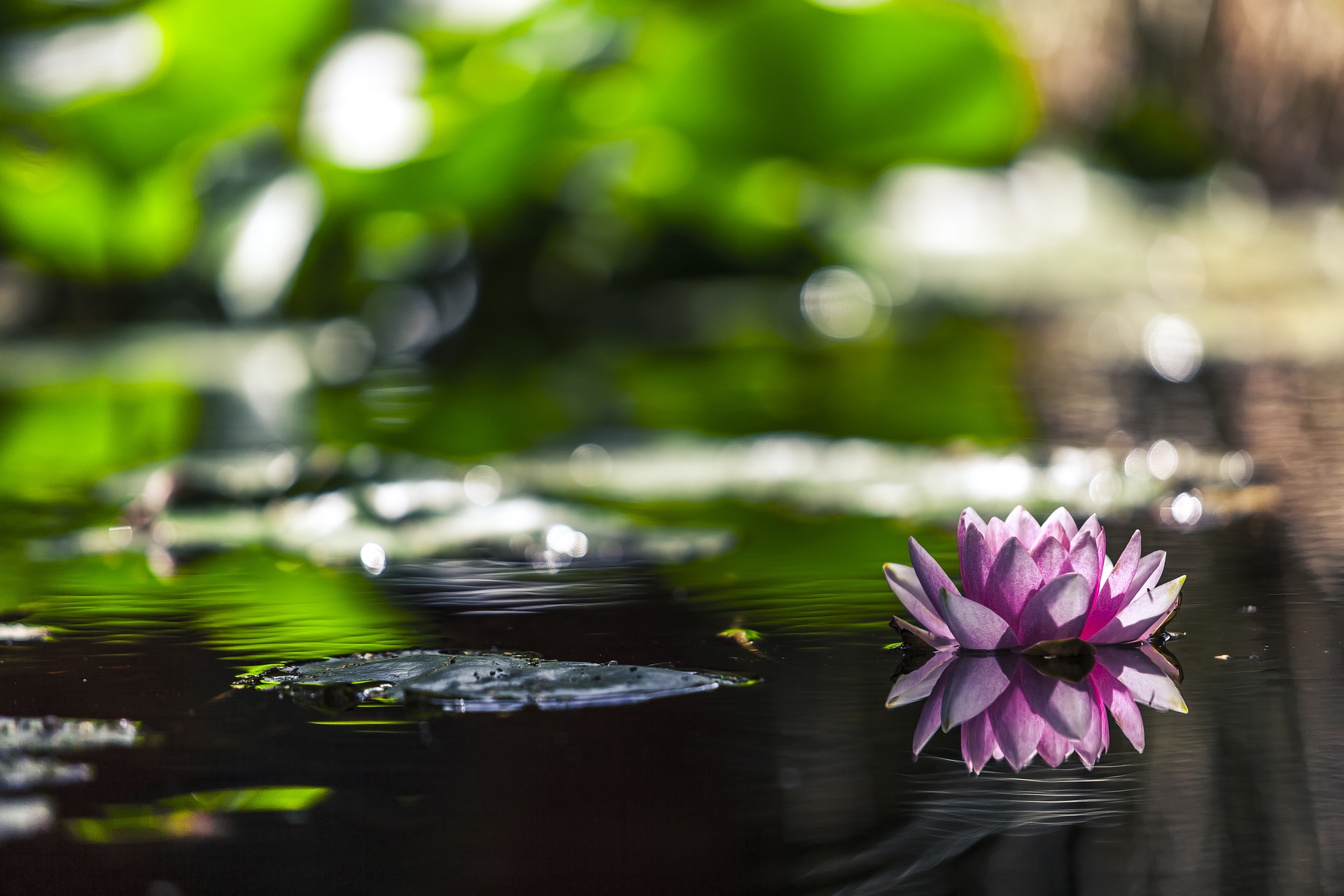
A river is a living ecosystem and a generous provider. Cultures and civilization, arts and folklore, food cultivation and livelihoods have centered around rivers. Communities often introduce themselves by associating themselves with the river that flows close by and the river basin – however big or small – their roots are embedded in, often ruing how small rivers/ springs close to their villages have dried up and disappeared. The story is no different in urban settings.
With the death of a river, dies heritage. Survival becomes at stake. A river dries when it stops receiving surface water and/or groundwater. Groundwater provides base flows to rivers. It’s now time to revive these lifelines if for no other reason, then for our own survival.
A river is a natural stream of fresh water fed by rain or melting snow. On its onward journey, many tributaries join in and the river and its tributaries form a drainage basin. The river collects the available runoff and groundwater discharge and flows into an ocean or a landlocked water body at the end of its journey. A perennial river is an essential component of the natural hydrological cycle and its continuous flow is an inbuilt character of its health. But that’s not all.
According to the Central Water Commission, there are 22 major river basins in India. Each of these rivers have their own progressively smaller river basins and sub basins. The Ganga river basin is the largest, with an area of around 8,61,452 sq km and covering 11 states. The Ganga originates from the Uttarakhand Himalaya in Gangotri glacier and falls into the Bay of Bengal in West Bengal. The Ganga’s main tributaries are the Yamuna, Chambal, Banas, Kai Sindh, Parbati, Sindh, Betwa, Dhasan, Keri, Gomti, Sarda, Ghaghara, Gandak, Son, Damodar and Hooghly, Ramganga and Mahananda. These main tributaries, in turn fed by smaller streams, contribute to the flow of the larger rivers.
Why small is fundamental
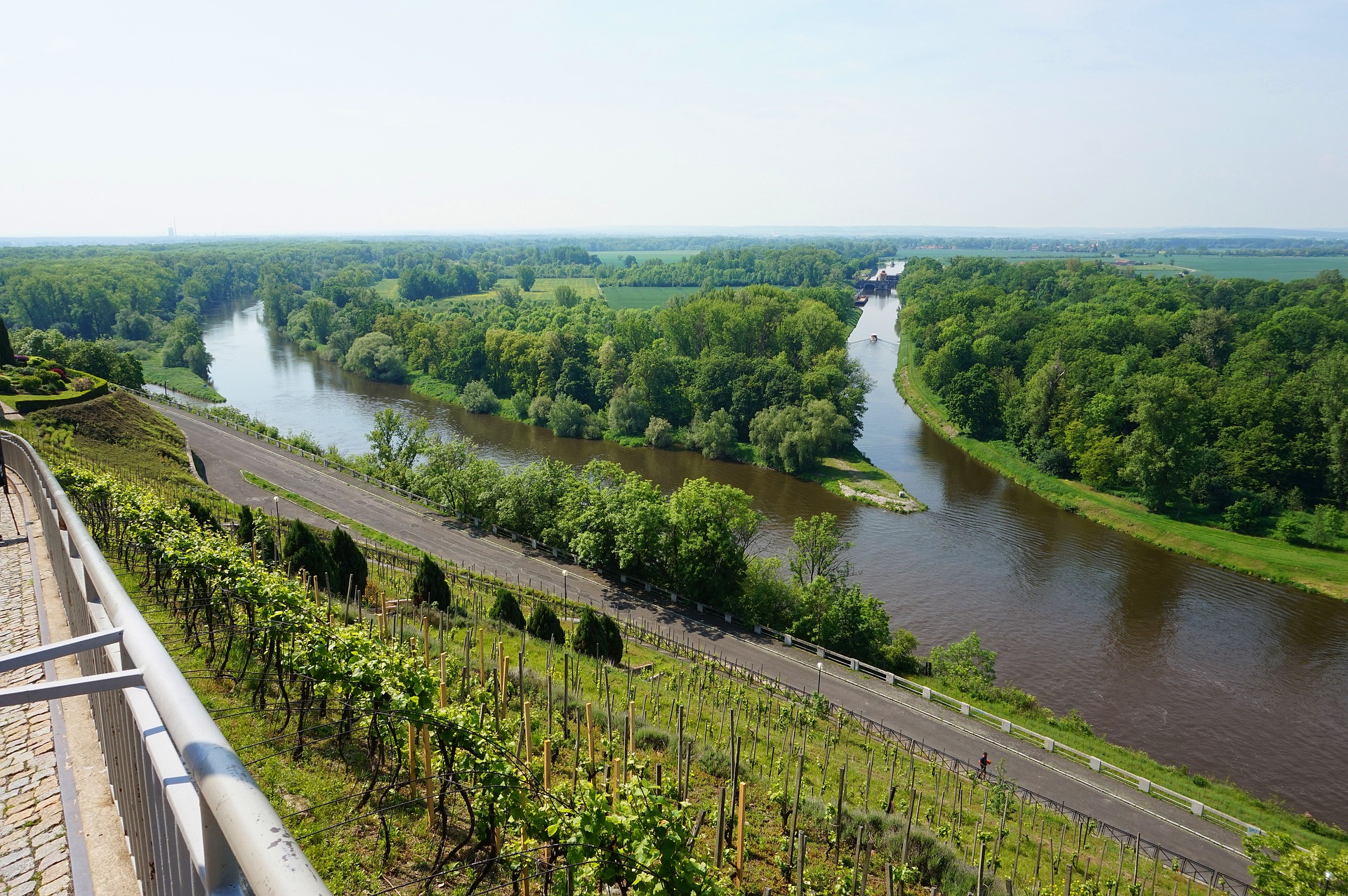
The main river systems are fed by first, second, third, fourth and even fifth order streams. The health of the smallest stream has a ripple effect on the health of the next order stream it feeds into and so on, until it improves the health of the large river. The aquatic biodiversity that is found in large rivers often has its origin in small rivers. With flourishing springs, nallahs and streams, river ecosystems continue to remain robust.
Flowing streams and small rivers are of great importance to communities residing close by, reducing the desperation of distress migration and allowing families to stay together. Countless of these have dried up due to reasons such as over-extraction of ground and surface water, destruction of catchments, deforestation, encroachment and other factors. Their revival will provide a lifeline that can lead to in situ livelihoods within the village itself and improved socio-economic indicators. With the revival of these small rivers, the greenery increases and animals – both domestic and wild can quench their thirst. Thus streams, rivers and nallahs provide direct benefit to local communities, help in revival of local ecosystems, regenerate groundwater and provide base flows to rivers.
In urban areas, often small nallahs and rivers are lost in the development of urban infrastructure: Catchments are destroyed, and groundwater aquifers disrupted, affecting the groundwater and surface water balance. With the natural drainage disrupted, even a short rain spell in sufficient for water logging in the streets. In addition, these waterbodies are often used as receptacles of the waste generated by the residents. The stream slowly suffocates and dies a slow death. This has implications on the flow of larger rivers as well. This situation needs to change.
Disappearing mountain springs and forest rivers in the Himalaya
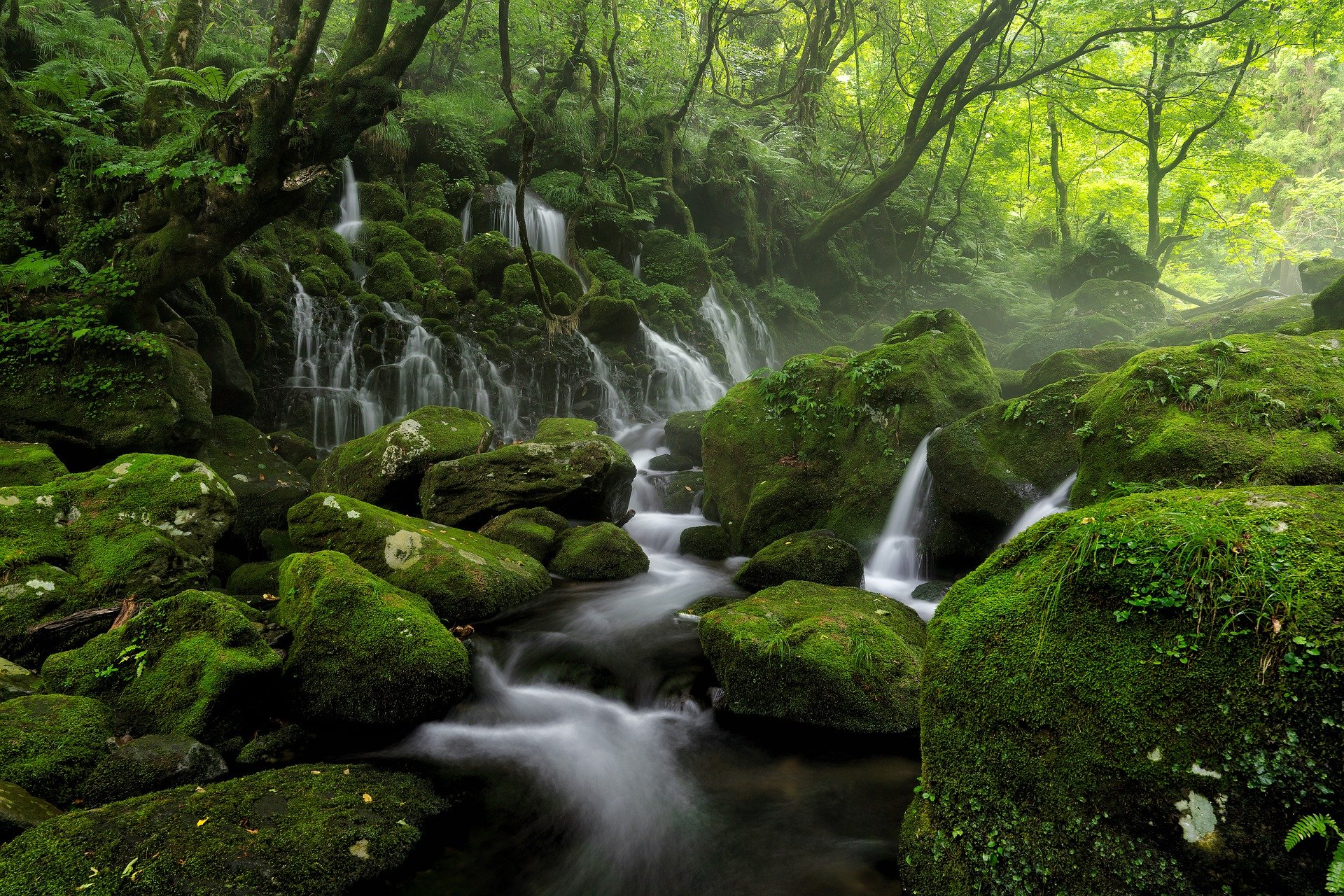
Spring-fed rivers in the Himalaya supply critically-needed water to the larger rivers in the Ganga basin. For far flung villages and rural and urban communities, springs are the sole source of water for drinking, domestic and agricultural needs. While mountain springs are the lifeline of people living in the Himalaya, unfortunately half of these are drying up according to a 2018 NITI Ayog report.
There are many non-glacial rivers which originate in the forest and are called forest rivers. Together, they form an intricate web that feeds into the Ganga basin water supply system. All these rivers are now in danger due to deforestation: Ill-planned road construction, house construction and hydropower dams have led to large scale cutting of trees. Encroachment of forests for agriculture, horticulture and pasture have added to the problem. In Uttarakhand, between 1980 and 2013, over 45,000 hectares of forest land have been diverted. Trees in over 60 per cent of these areas have been felled since 2000, the year the state was born. This deforestation has disrupted the flow of natural springs. Perennial streams have become rainfed streams and have dried up in several places. Some 7-8 per cent of first order springs which do not have any tributary have dried up. Scientists estimate the rate of drying up to be between 6-7 km per year.
Disappearing springs of Santhal Parganas, Jharkhand
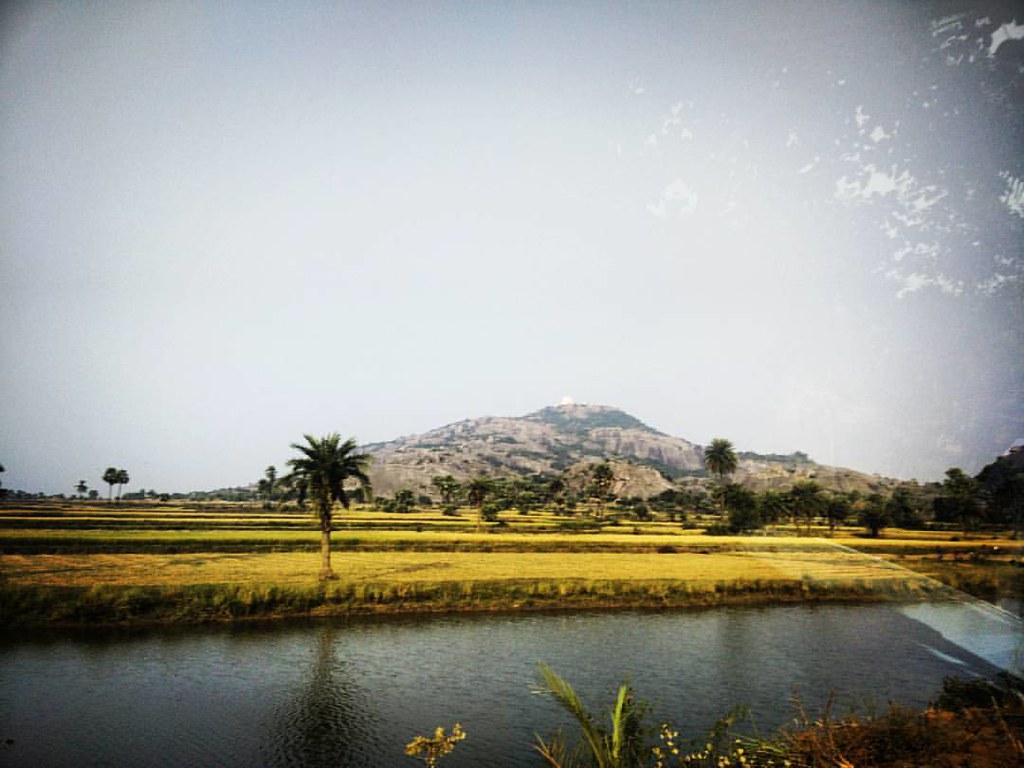
The Damin-E-Koh area under Santal Pargana, Jharkhand extends from Raj Mahal to southern part of Dumka (Jharkhand) along the hills, covering some 132-gram panchayats where the population is largely tribal and dependent almost entirely on rains and the perennially flowing hill streams. Most of the local rivers like Gumani, Meghi, Triveni and Sunder are the result of these streams. Tribal communities like the Paharias, a Particularly Vulnerable Tribal Group and Santhals, have almost 100 per cent dependency on the hill streams. Niraj Kumar of the Godda-based NGO, SATHEE recalls that during 1980s, there were more than 500 small and big hill streams running in these hilly areas. Only a few were seasonal. Due the shrinking forest cover, mining and stone quarrying, majority of streams are now either seasonal or completely non-functional. SATHEE is planning a community-centred campaign to revive these.
Beacons of hope
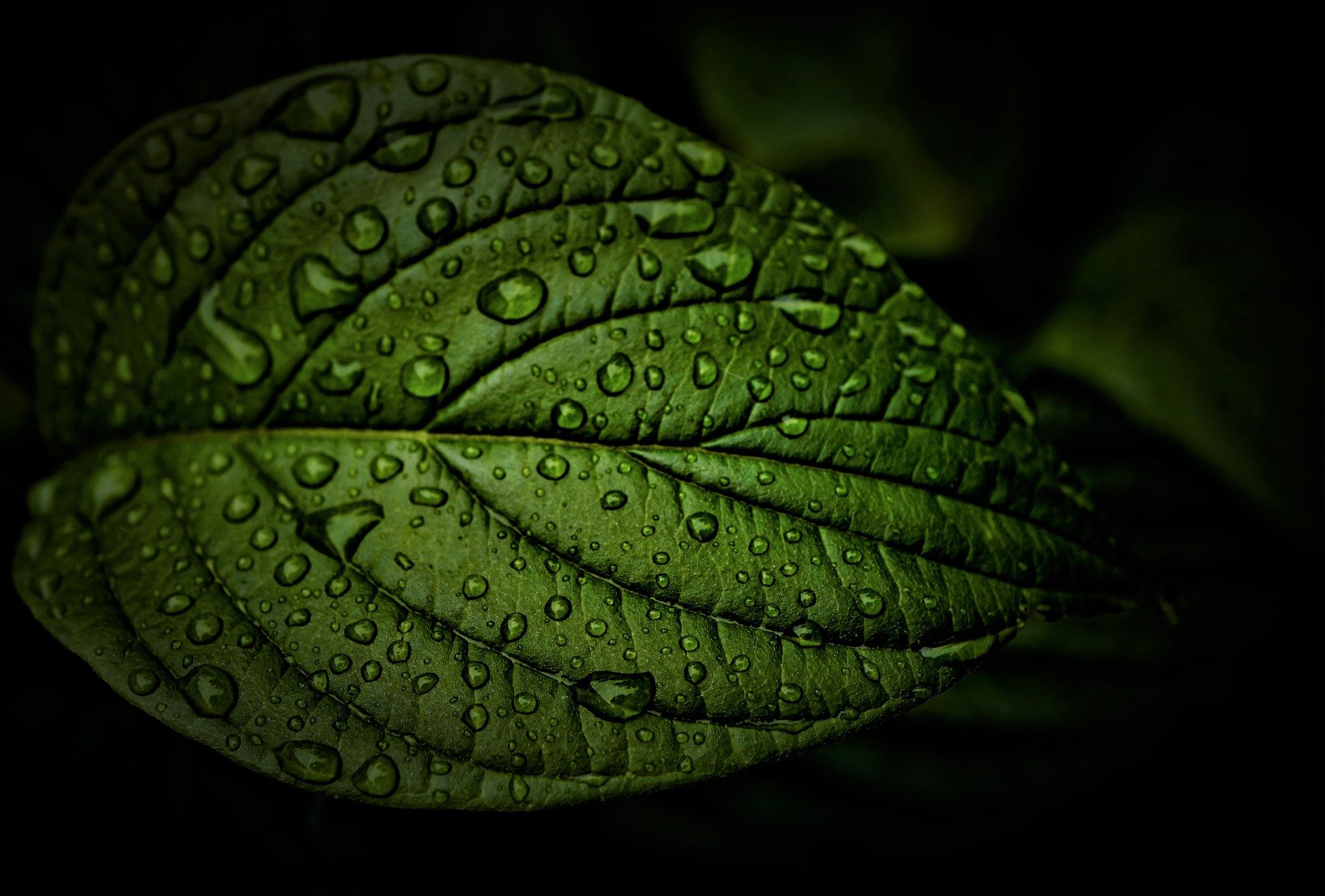
The need to revive and rejuvenate springs, streams and small rivers cannot be overemphasized. Fortunately, amidst the gloom emerges the possibility of revival from community efforts that now dot the Indian landscape. Many groups are inspired to work on revival of small streams, nallahs and springs. Examples range from the arid regions of Rajasthan and Bundelkhand and Uttar Pradesh to the Himalaya. Being shorter stretches and involving less number of stakeholders, revival efforts are easier to manage. Success of these revival efforts then builds up courage, confidence and motivation for working toward revival of larger streams and rivers. Soon families are formed around rivers to protect their health.
Alwar district, Rajasthan: Perhaps the most time-tested work on revival of rivers comes from Alwar district of Rajasthan where the NGO Tarun Bharat Sangh has been successful in reviving dry rivers such as the Arvari, Ruparel, Sarsa, Bhagani and Jahajwali through the construction of some 11,000 water harvesting structures that were aligned with the ecology and based on the traditional wisdom vested with the people. Some of this work, which began in 1985, is more than three decades old.
Khajuraho, Madhya Pradesh: In drought-prone Chattarpur district of Bundelkhand region of Madhya Pradesh, under the aegis of Jan Jal Jodo Abhiyan and support from Parmarth, social workers Ram Gopal Varma and Kamlesh Upadhyaya are working with the local administration and local communities to revive the Khuddar river in Khajuraho. Stop dams have been constructed, shramdaan undertaken to clean up the river bed and its surroundings. Already, in this monsoon more stretches of the river are holding water. As the groundwater recharges and base flows increase, the river will turn perennial adding to the environment and beauty of this historic town. The built heritage of the Khajuraho temples will have a flowing natural heritage.
Jhansi district, Uttar Pradesh: Kanera river flows through Babina block of Jhansi district, originating from the Chandmari hills located in Babina Cantonment and flowing through six villages of Uttar Pradesh – Bedora, Tooka, Sarwan, Bhandara, Dayanagar and Patharwara and three villages of Madhya Pradesh- Harpalpur, Chandbani and Janauli. This 19 km long river joins Ghurari river.
The villagers recall that almost two decades ago the river was perennial. Due to consecutive droughts and less rainfall the river has now dried. In 2018, Parmarth began its work for the rejuvenation of this river. The Kanera Nadi Sangathan for bringing the villagers residing along the the banks of the river was formed. Other efforts included river yatras, training of the Kanera Nadi Sanghathan, preparation of a plan for construction of water harvesting structures to rejuvenate the river, shramdaan, meeting with Panchayati Raj Institution members and constant engagement with the local administration. The District Magistrate, Jhansi Andra Bamsi and Chief Development Officer (CDO) Shailesh Kumar have now sanctioned a budget of around Rs 97 lakh from MGNREGA for the rejuvenation of this river. The rejuvenation work has begun.
Banda district, Uttar Pradesh: In Bhanwarpur village of Banda district in Uttar Pradesh, water has started flowing in the dried-up Gharar river after more than 200 of the returned labourers cleared the riverbed of weeds and mud when they returned back to their village due to the COVID 19 lockdown in 2020.
Kathgodam, Uttarakhand: Nikilesh Kumar Bhatt is instrumental in reviving the Karari river that flowed between the villages of Kamola and Dhamola. Explaining why he took the initiative, “The poor always have love for nature. When I was a student, there were so many trees in this area, so much greenery and forests. Trees have now disappeared, and the river reduced to a seasonal small trickle. To save this river, make it perennial, ten gabion structures were constructed at a distance of 110 meters apart. Says Bhatt, “With the amount of water now stored and the groundwater that is recharged, I now know that I have given back to nature much more water that generations and I have consumed. The river now flows for at least ten months.” Bhatt is visually blind with a mere 18 per cent vision.
Shamli district, Uttar Pradesh: The Katha river in Shamli district of the state has been revived with the untiring efforts of Mustaquim Mallah and the Kewat Mallah Ekta Samiti.
Conclusion
River restoration is now a multi-billion-dollar industry globally. However financial investment without the understanding of the real problem that has led to the drying of rivers does not bring in value for money. Often the funds are spent on making cosmetic changes which are only detrimental to the health and life of the river.
Examples from India, wherein the involvement of people, participatory mapping of the river and its catchment, understanding the role of the local biodiversity, sensible water use, and the use of indigenous and time-tested knowledge for river revival can show the way ahead for global revival of these vital arteries. Not only are these initiatives cost-effective, they are more appropriate and help deepen the linkages between communities and these precious water resources. Ultimately it is the emotional investment and deep linkages that will lead to appropriate action and sustain rejuvenation efforts.
*Indira Khurana, PhD is Chairperson of the Indian Himalayan River Basins Council formed for rejuvenating river basins and learning from others.





